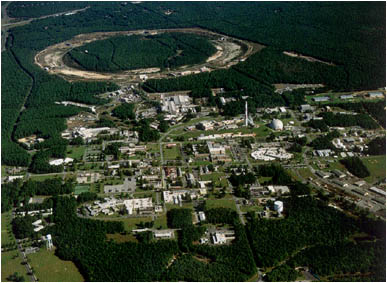The Big Bang may have developed in a different way than scientists imagined. An international team of scientists, including scientists from the Weizmann Institute of Science, raise this possibility in view of surprising results obtained in an experiment designed to reproduce the primordial matter, called "quark-gluon plasma", created in the Big Bang

The Big Bang may have developed in a different way than scientists imagined. An international team of scientists, including scientists from the Weizmann Institute of Science, raise this possibility in view of surprising results obtained in an experiment designed to reproduce the primordial matter, called "quark-gluon plasma", which was created in the Big Bang even before the formation of neutrons and protons.
Scientists who wish to study the unique physical properties of the quark-gluon plasma, working within the framework of the project called PHENIX, are trying to recreate this ancient mixture of matter using a particle accelerator built especially for this purpose, called RHIC at the Brookhaven National Laboratory on Long Island, New York. This special accelerator creates two beams of gold ions, accelerates them against each other and causes a head-on collision between them. From the intensity of the collision (about 40 trillion electron volts), part of the movement energy of the gold ion beams turns into different material particles (a process described in Albert Einstein's famous formula for the equality of matter and energy: E=Mc2)
The first stage in the formation of the new particles from the movement energy of the gold ion beams, just like the first stage in the formation of matter in the Big Bang, should be the stage of existence of a quark-gluon plasma. The jets of hot matter that spread everywhere in the first fractions of a second of the universe's existence contained a rare mixture of quarks and free gluons - "quark-gluon plasma". Later, when the universe cooled down a little and the density in it decreased, the quarks and gluons "organized" in different combinations that created more complex particles, such as protons and neutrons. Since then, in fact, no free quarks and gluons have been seen in the universe. Some of the particle detectors that are used in these experiments were developed and manufactured in the laboratory of Prof. Yitzhak Tsaroya at the Weizmann Institute of Science. These detectors are able to provide independent XNUMXD information on the positions of the particles splashed from the collision zone, and according to their directions, energy and identity of these particles, it is possible to learn about the state of matter in the collision zone.
An analysis of data collected in the experiment over the last three years showed, among other things, that the plasma formed at a heat that reaches a rate of 150,000 times the temperature of the center of the sun, does not behave like a gas at high temperature (as was believed until now), but in a way more similar to the behavior of a liquid. In order to decipher the meaning of this unexpected phenomenon, Prof. Tsaroyah developed advanced particle detectors, which do not distinguish between hadron particles (such as protons and neutrons). The scientists hope that these so-called "hadron-blind" detectors, or, for short, HBDs, will help them more easily detect signs of free quarks and gluons, which will help solve the mystery of primordial matter.
